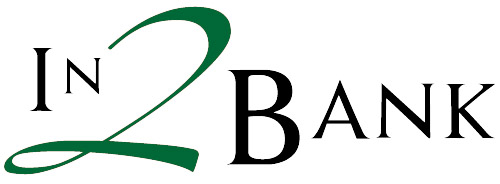Process Automation
 A Modern Approach to Information Management
A Modern Approach to Information Management
Let me ask you a question. “Where do you put your money?” You put it in a bank of course. Everyone does. But why? You put your financial valuables there because of a few simple yet powerful reasons.
- Banks won’t lose your valuables.
- Banks offer very simple to use yet powerful services that operate on your valuables, such as the ability to write a check. NOTE: There is not even a “Banking for Dummies” book!
- The bank takes responsibility of all the complex technologies and processes needed to provide the above two. (For example, you don’t have to know double entry accounting in order to use the bank!)
The Information Bank is built on the same premise. Users should be able to save their “information valuables” in a system with the same simplicity and reassurances that they will not be lost, can always be located, and powerful yet simple services can be performed on their deposits. You shouldn’t have to worry about all the underlying technology needed nor should you have to hire someone to do that. The system should take care of all that automatically and transparently. That is what the information bank does. The Information Bank has been designed to handle the demands of your information processes using a building block approach. Pre-built components can be configured and combined to provide an endless variety of solutions for all your information management needs. Our unique approach allows you to get the solution that best matches your needs rather than having to adapt your staff to someone else’s interpretation of what they think you need. This approach also allows you to respond to the ever-changing organizational, regulatory, and management requirements and demands.
The Information Asset
The Information Asset has two unique properties.
- The unit of information is a collection of files, attachments, emails, scanned images,
photographs, audit logs, notes, comments, locations, reminders, notifications, people, etc., that as a set, are meaningful to your organization. - It is controlled through a governing lifecycle. This means that any aspect or property such as access security settings, retention schedules, storage requirements, etc., can and do change as an asset progresses through its lifecycle.
For an overview of this new concept, see the Appendix for a short white paper on Information Management. The concept of an Information Asset seems revolutionary to computer people. However, this is actually how normal people think, work, communicate, exchange, and manage information. This is one area where the users know more than the so called computer “experts”.NOTE: Do not confuse the two different definitions of the word “Asset” here. The one used by the information bank references a unit of information. Your definition can mean something physical that needs to be managed.
The Information Bank
The Information Bank represents a major leap forward in information management. It is a culmination of years of research and development and can now be applied to your information management
challenges.The Information Bank has the following key features:
- Information Asset is natively supported.
- Simple to understand, use, setup, and support.
- Single Source of Truth. There is one place to find the most recent, relevant, and correct version.
- Continuous Integrity (Replaces backup)
- Uses external cloud services safely. Even if all four of the external services become
compromised, none of your data can be decoded, sold, mined, or even understood. - Central bank connectivity for configuration escrow and support services
- Anti-ransomware built-in.
- Disaster Recovery built-in.
- No ongoing IT support required. All maintenance and support functions are automated.
